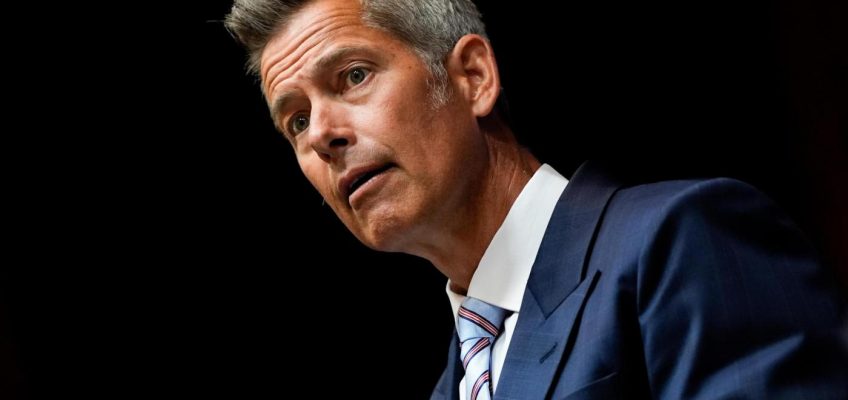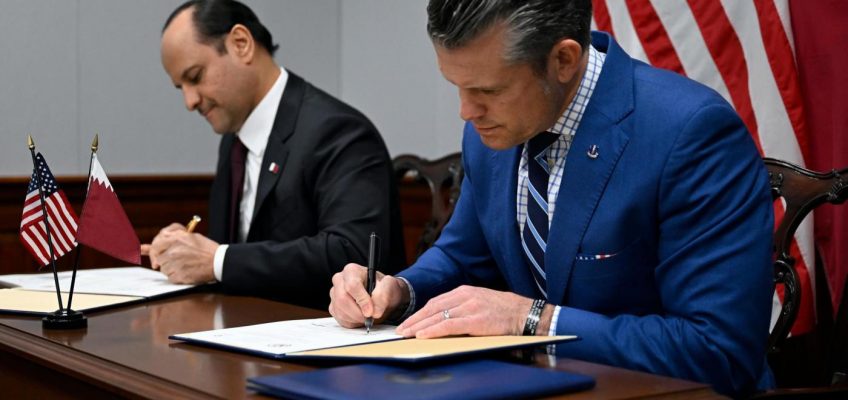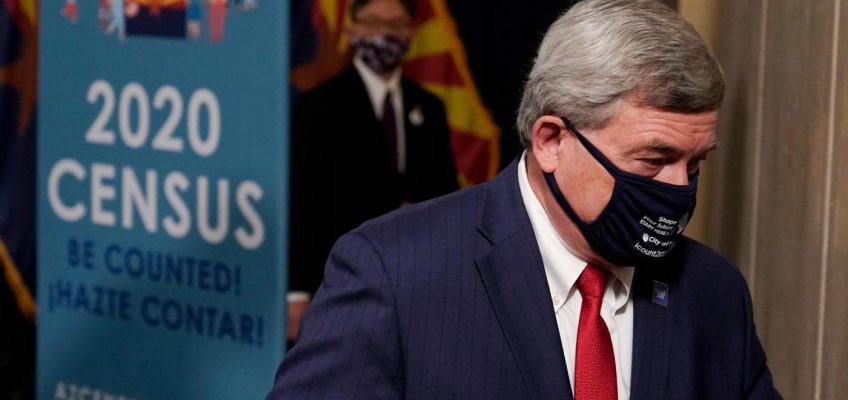By JOSH FUNK
Even though the U.S. has a stark shortage of air traffic controllers, ones who call in sick instead of working without a paycheck during the federal government shutdown risk being fired, the U.S. transportation secretary warned.
Related Articles
Maine Gov. Janet Mills will challenge Sen. Susan Collins in key 2026 Senate contest, AP sources say
Who is Adelita Grijalva and what is the controversy over her being sworn in to Congress?
Trump’s quest for the Nobel Peace Prize falls short again despite high-profile nominations
Firings of federal workers begin as White House seeks to pressure Democrats in government shutdown
What to know about National Guard deployments in Memphis and other cities
Transportation Secretary Sean Duffy said this week that he understands the controllers’ frustrations and worries. But during an appearance Thursday on Fox Business, he said that by calling in sick they are causing major disruptions to air traffic, and it won’t be tolerated.
“If we have some of our staff that aren’t dedicated like we need, we’ll let them go,” Duffy said, noting that more than 90% of controllers have been showing up to work during the shutdown. “… It’s a small fraction of people who don’t come to work. They can create this massive disruption. And that’s what you’re seeing rippling through our skies today.”
Airports across the country have experienced delays this week because of a shortage of controllers, more than half of which Duffy attributed to work no-shows. The worst problems have come at smaller airports in Burbank, California, and Nashville, Tennessee, but there have also been delays at major hubs in Newark, New Jersey, Chicago, Denver and Dallas-Fort Worth.
Even a small number of controllers not showing up for work is causing problems because the Federal Aviation Administration has a critical shortage of them. Duffy has made it a priority to increase hiring to try to eliminate the shortage in the next few years, but he said controllers who are “problem children” could still be fired.
A Transportation Department spokesperson reinforced that message in a statement Friday, saying, “if there are rare bad actors that don’t show up purposefully and cause disruptions to our operations, consequences are inevitable.”
The controllers’ union, the National Association of Air Traffic Controllers, has also stressed that members need to keep working during the shutdown.
“We must be clear. NATCA does not condone a coordinated activity that disrupts the national airspace system or damages our reputation. Such actions are illegal. Risk your careers and destroy our ability to effectively advocate for you and your families,” Mick Devine, the union’s executive vice president, said in a video to members.
Like other affected federal workers, controllers are worried about how they will pay their bills during the shutdown when they won’t get paychecks. Duffy and the union’s president have acknowledged the unfairness of their situation, which only adds more stress to their already stressful jobs.
NATCA President Nick Daniels said controllers might have to take time off to work a second job just to make ends meet during the shutdown. But Duffy said that right now, he thinks the controllers who are missing work are “lashing out” in frustration.
“It’s going to eventually be that when people don’t have money, they have time to start making life choices and life decisions. And it shouldn’t be waiting for air traffic controllers to break because of having to take out loans, credit card debt, paying bills, gas, groceries, mortgages. Those things aren’t going to stop,” Daniels said.
Flight disruptions caused by controllers missing work might add to the pressure on Congress to reach an agreement to end the shutdown. That’s what happened in 2019, but so far Democrats and Republicans have shown little sign of getting close to ending their standoff.




